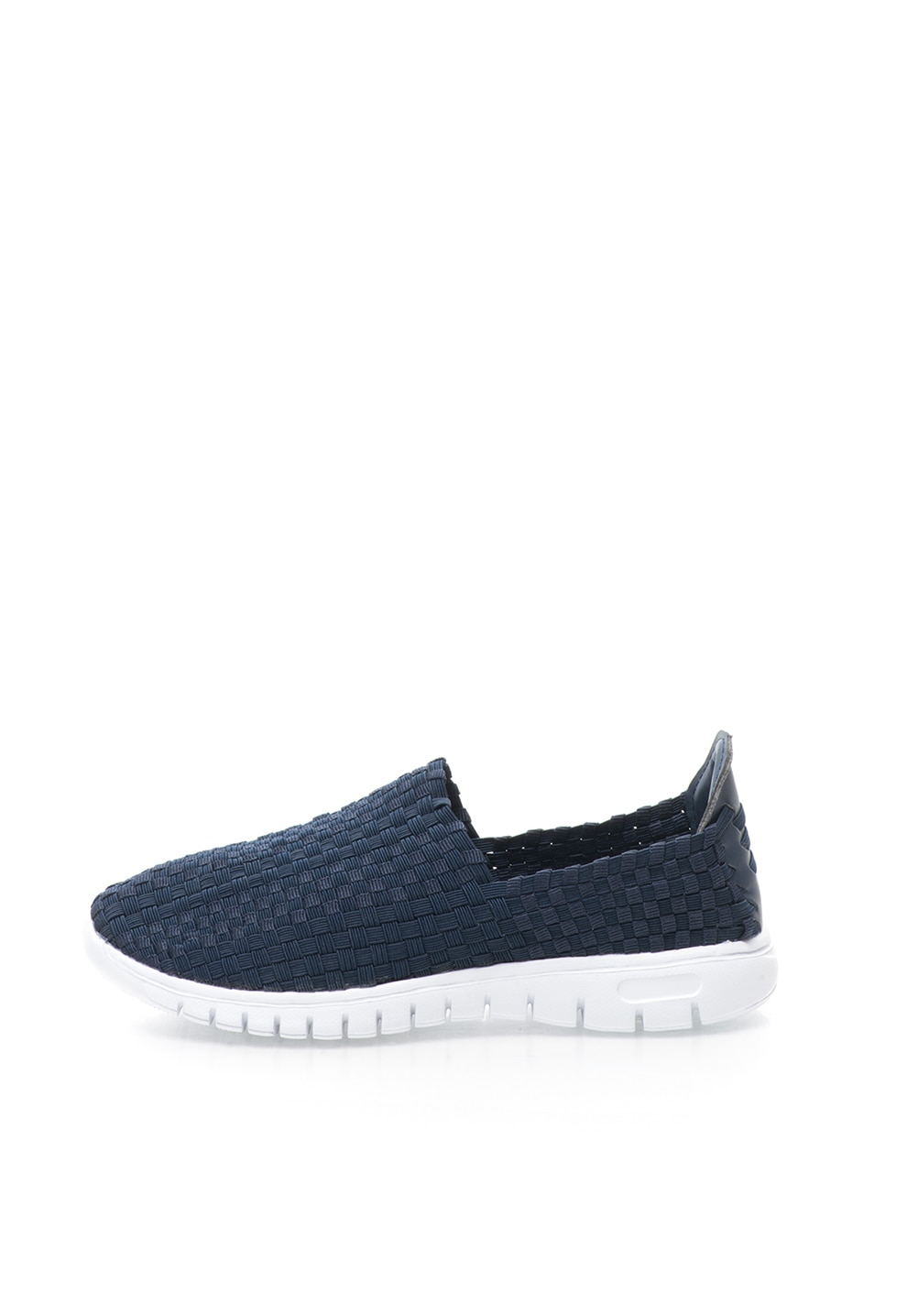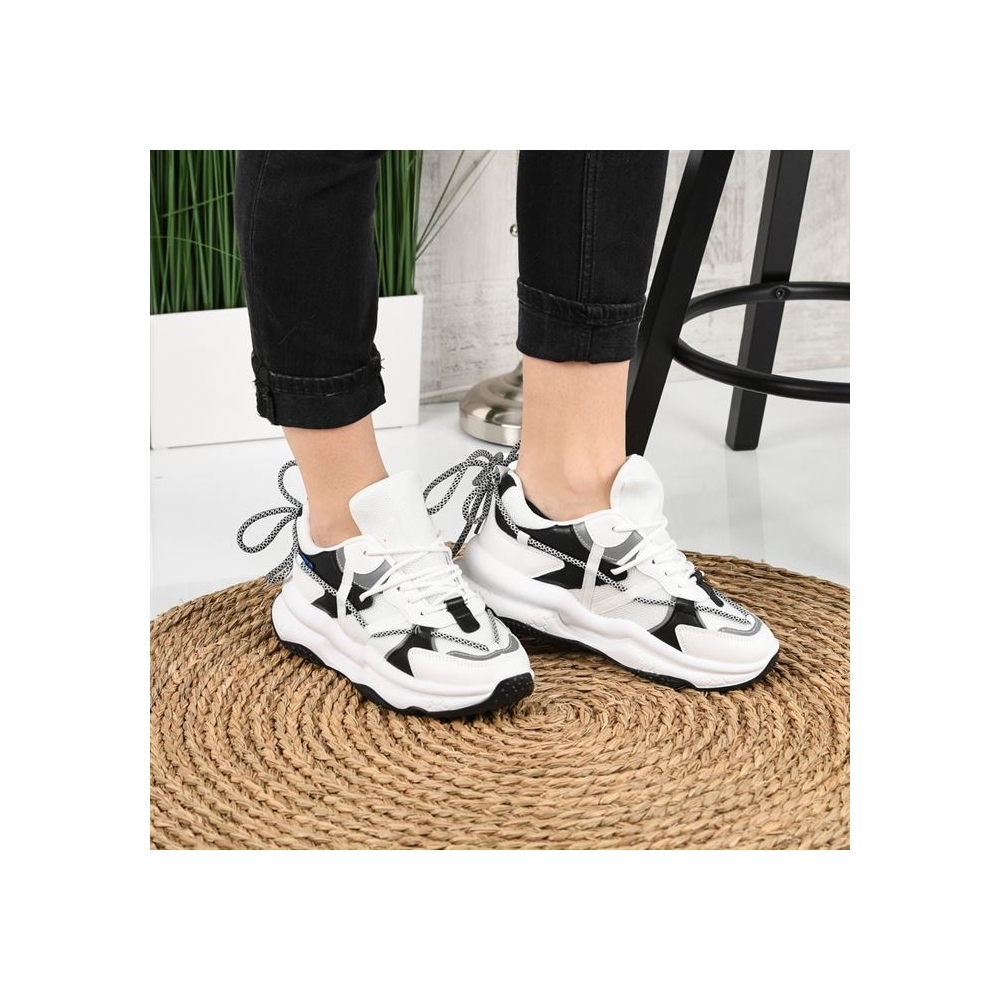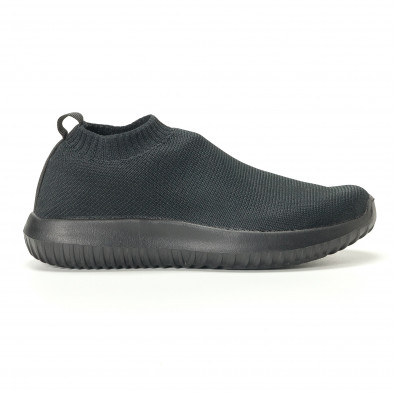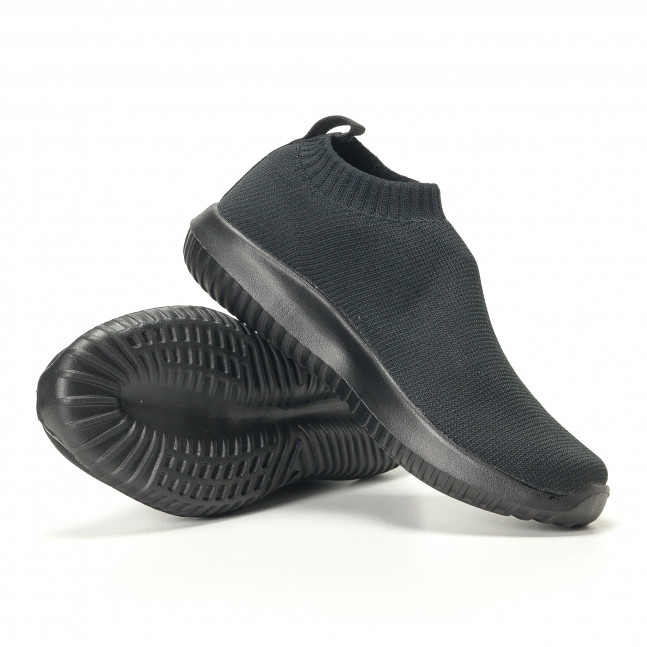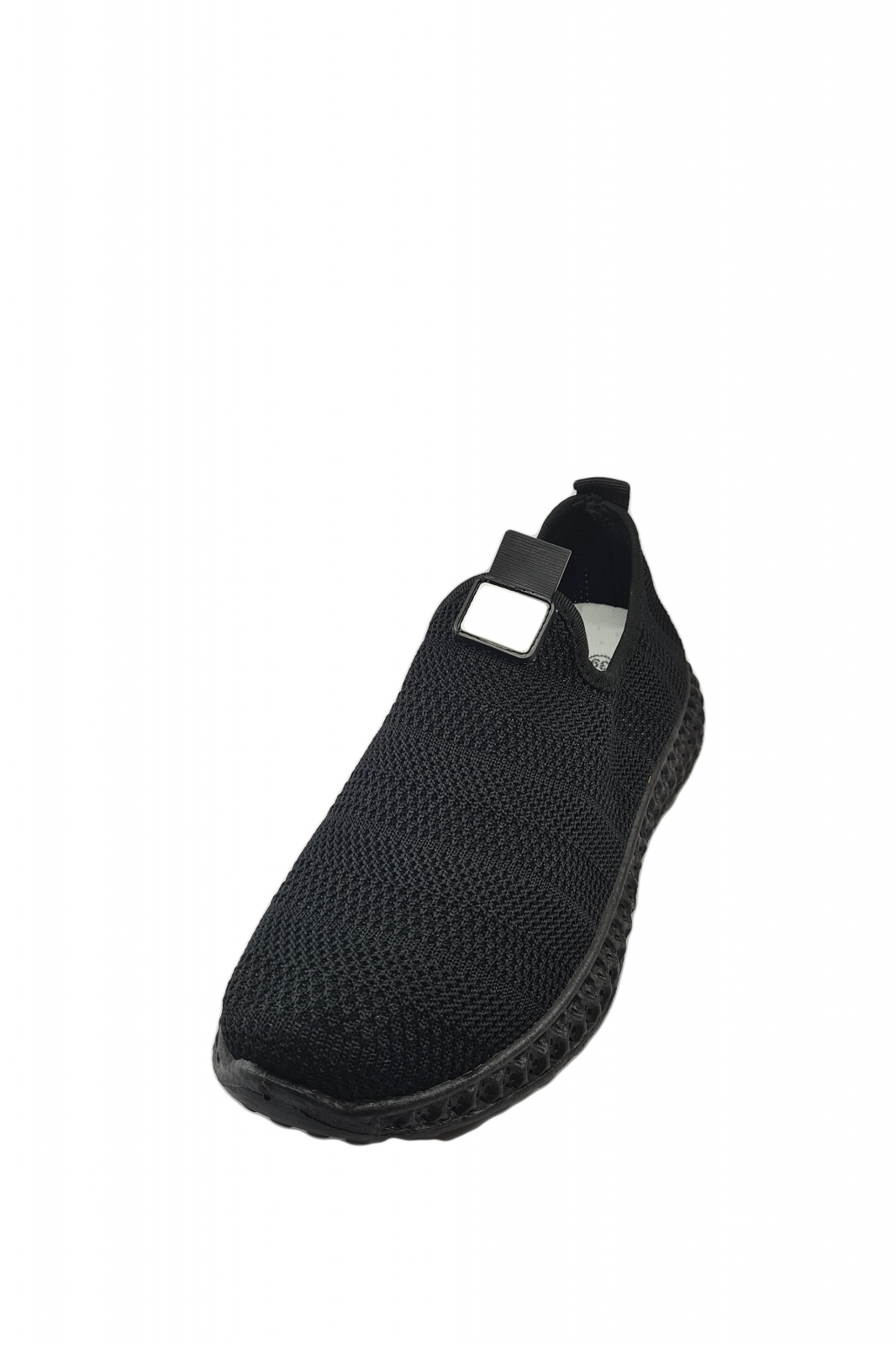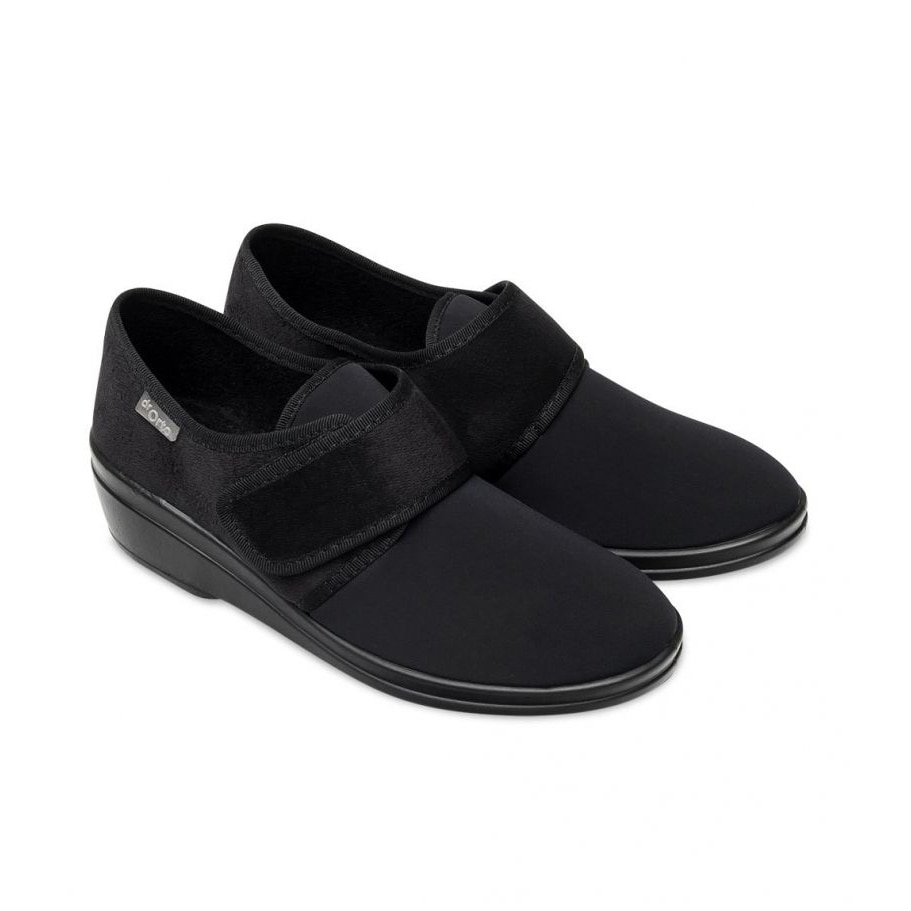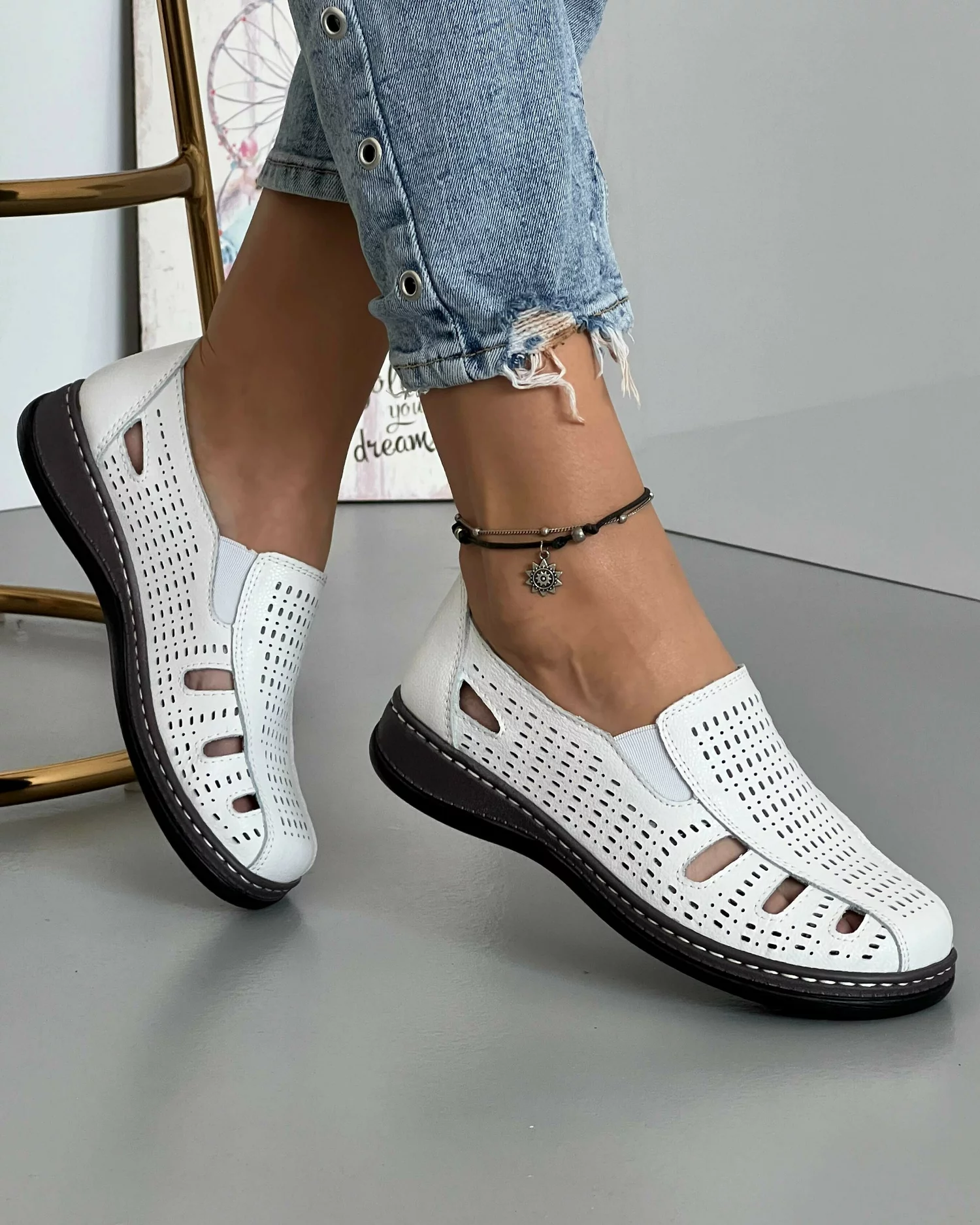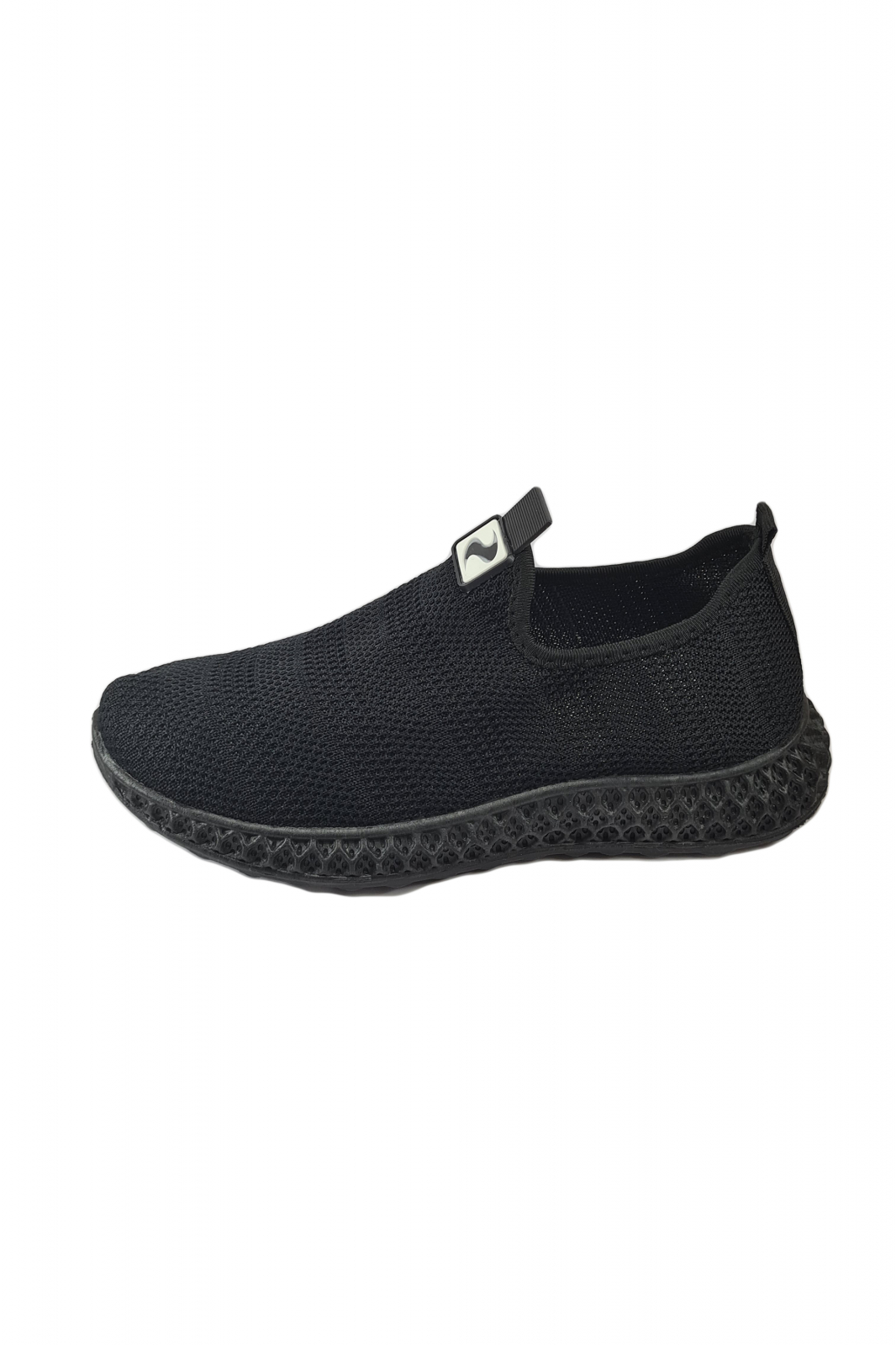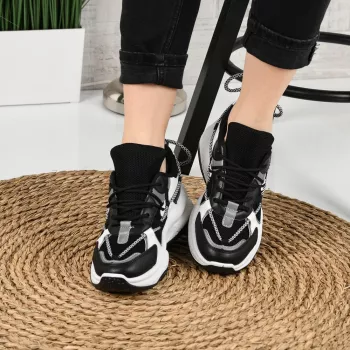
Cumpără Pantofi sport pentru copii Pantofi de alergare elastici și adidași de mers pe jos respirabili | Joom

Amazon.com: Womens Sneakers Running Shoes Casual Sock Shoes Canvas Zapatillas Exercise Platform Zapatillas Sneakers for Women : Clothing, Shoes & Jewelry

Cumpără Pantofi sport pentru copii Pantofi de alergare elastici și adidași de mers pe jos respirabili | Joom

Ritualay Women Athletic Walking Shoes Slip-On Sock Sneakers Mesh Comfortable Elastic Work Casual Shoes - Walmart.com


